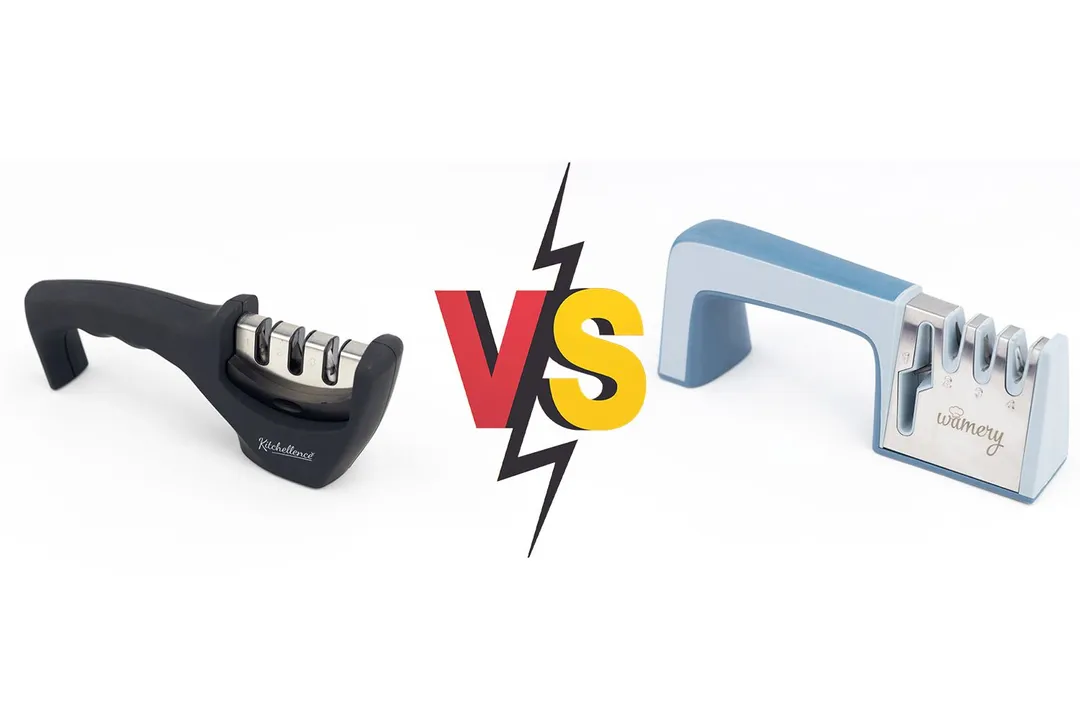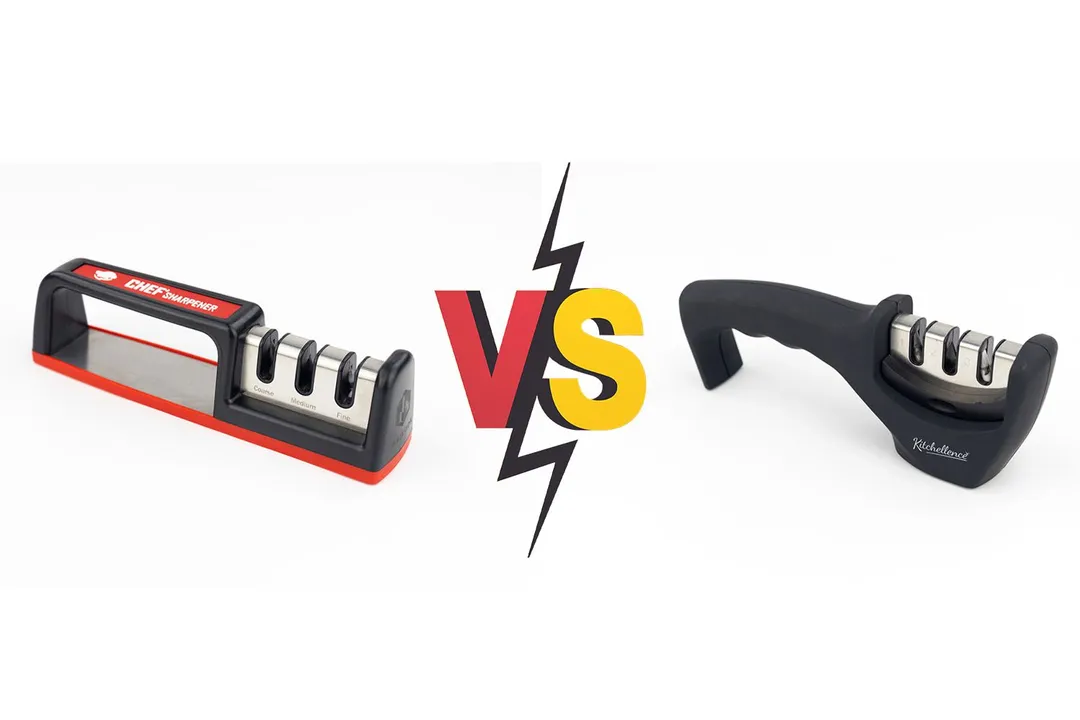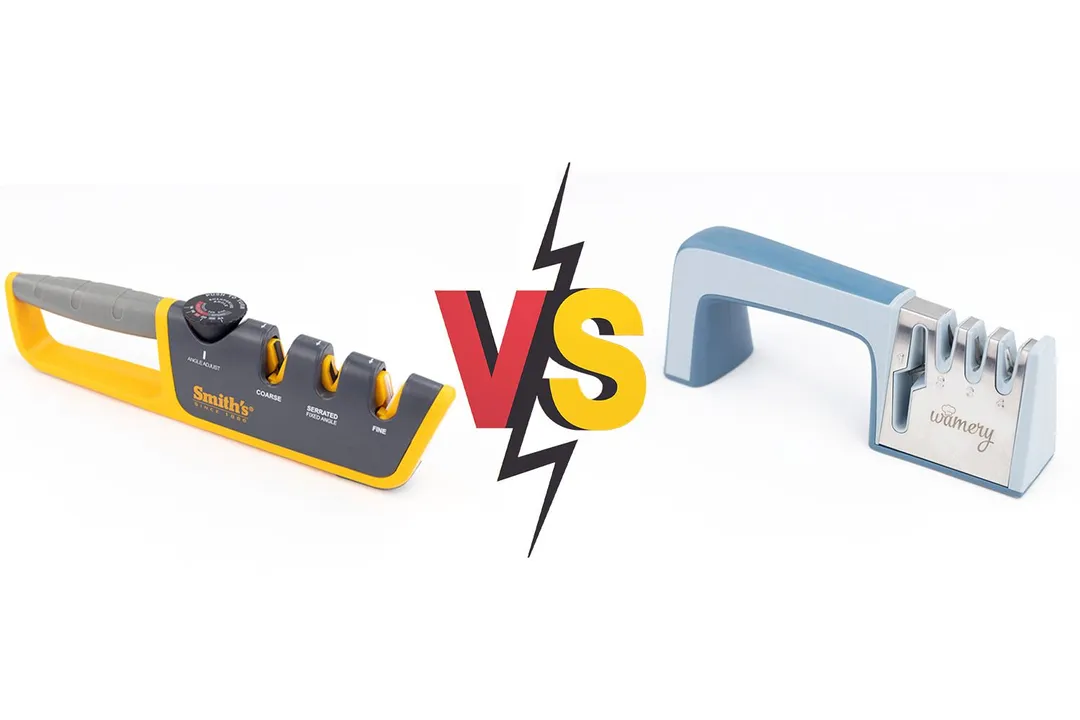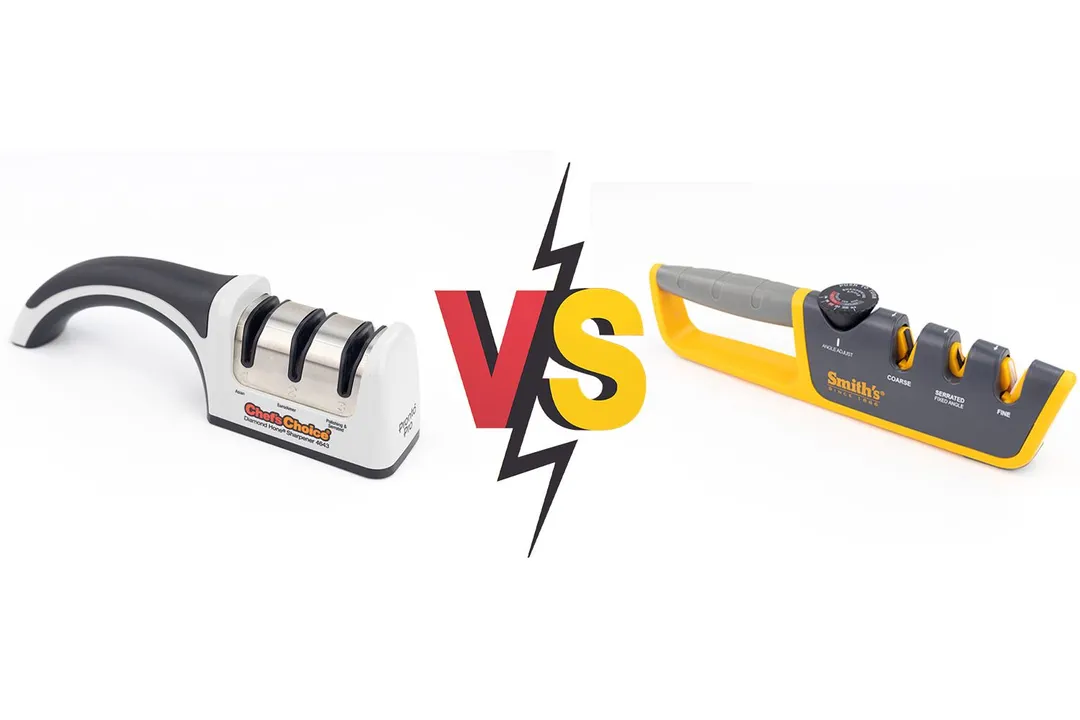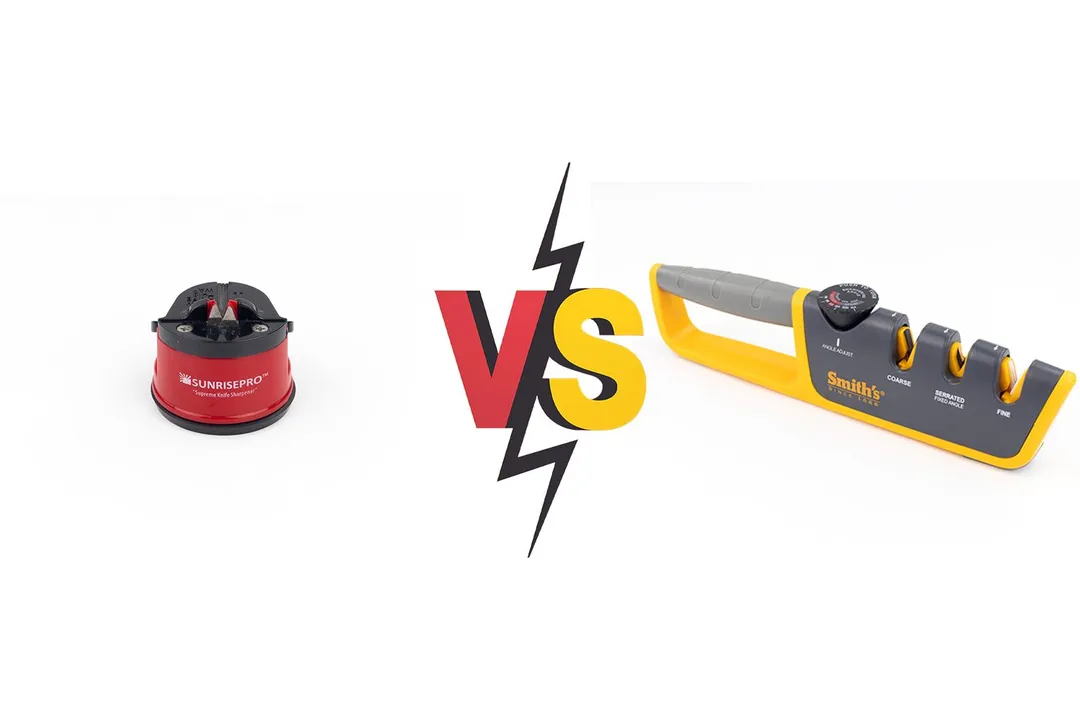Our recommendations are made independently through Research & Testing. We may receive commissions from purchases made via our links.
Kitchellence 3-stage vs Smith's 50264 Sharpener Side-by-Side Comparison
The Kitchellence 3-stage sharpener enjoys a better rating vs. the Smith's 50264 despite being less effective. Read our comparison to find out why.
Kitchellence 3-Stage
Tested Using Methodology v1.1Smith's Adjustable
Tested Using Methodology v1.1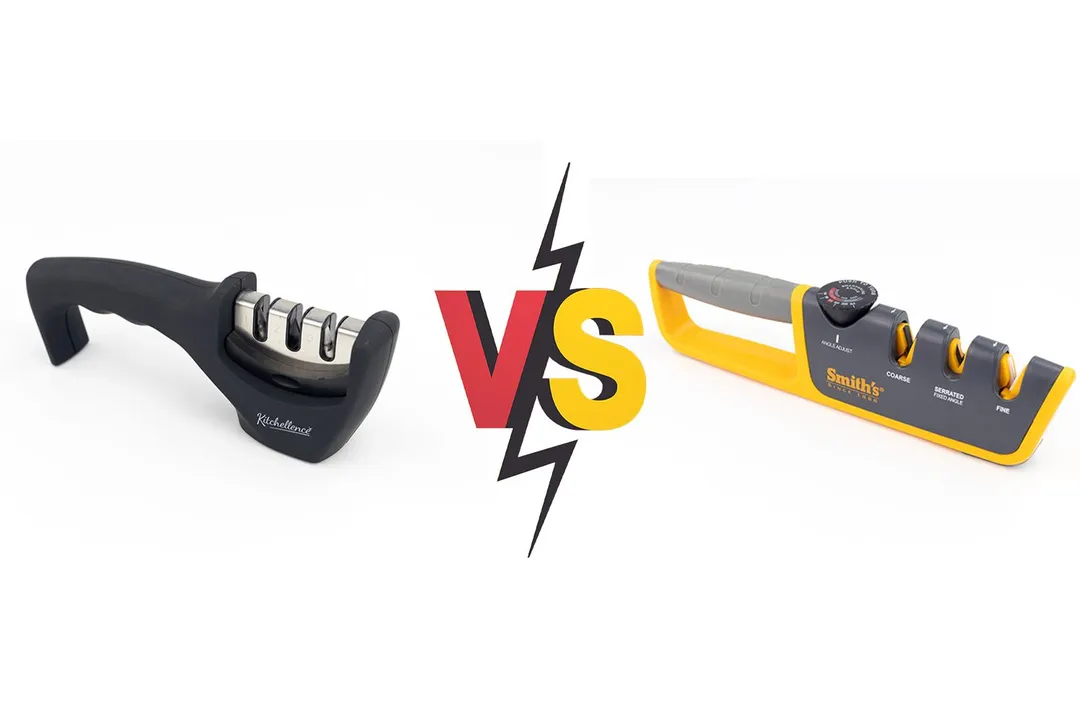
Overall Verdict
If sharpness is your only priority, go with the Smith’s. If you also care about safety and the integrity of your knife edge, however, the Kitchellence is the superior choice.
In our tests for sharpening time and sharpness level, the Smith’s had the upper hand. The Smith’s also offers more choices of sharpening angle, which few others of its type do, including the Kitchellence. Unfortunately, it lacks stability — an important criteria when working with blades. The device also peeled off way too much metal from the blade for our tolerance.
The Kitchellence takes significantly longer to sharpen, and the maximum sharpness level you can reach with it is lower than that offered by the Smith’s. It’s also gentler on the knife edge, more intuitive to use, more stable during operation, and has a much, much stronger and sturdier build.
Pros & Cons
- Easy to use, intuitive design
- Soft, comfortable finish
- Extra weight near the base for stability
- Affordable price
- Included glove for added safety
- Angle-adjustable sharpening
- Sharpening slot for serrated blades included
- Wide slot inserts
- Replaceable abrasives (sold separately)
- Tapered base
- Awkward base pad
- Shears off a considerable amount of metal
- Awkward slot structure
- Long, narrow base
Key Specs
Where to Buy
*You help support HealthyKitchen101's product testing and reviews by purchasing from our retail partners.
Analysis and Test Results
Performance
Sharpening Time to Cut a Lemon
Material Retention
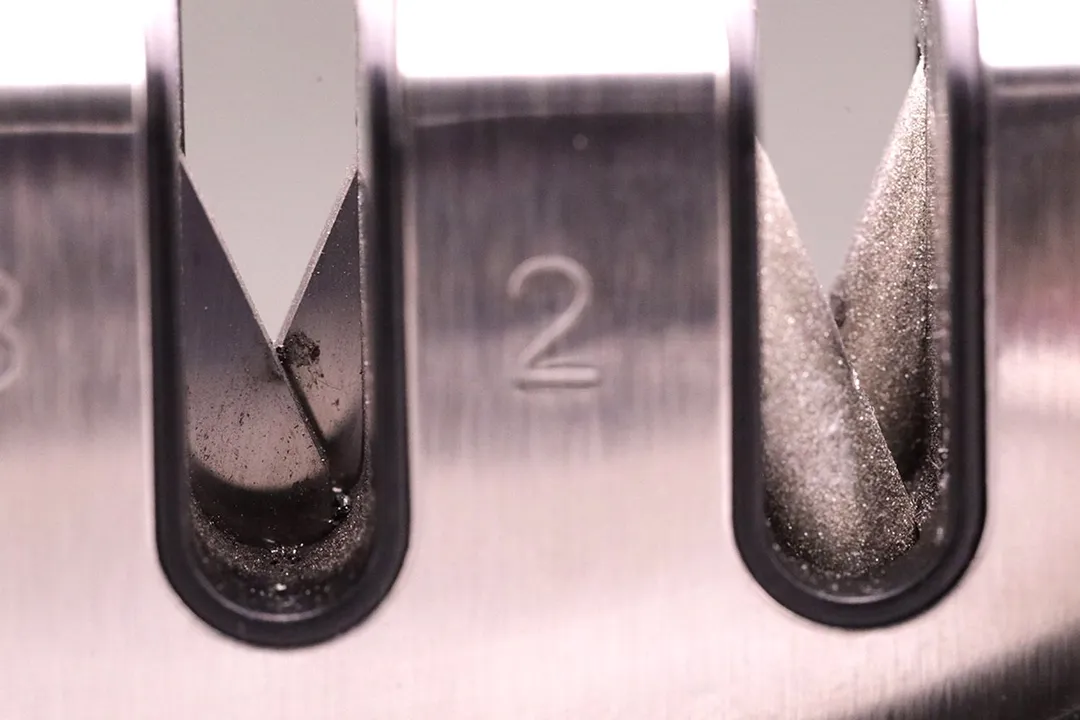

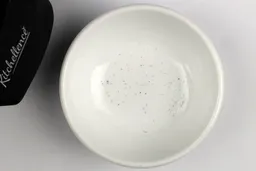
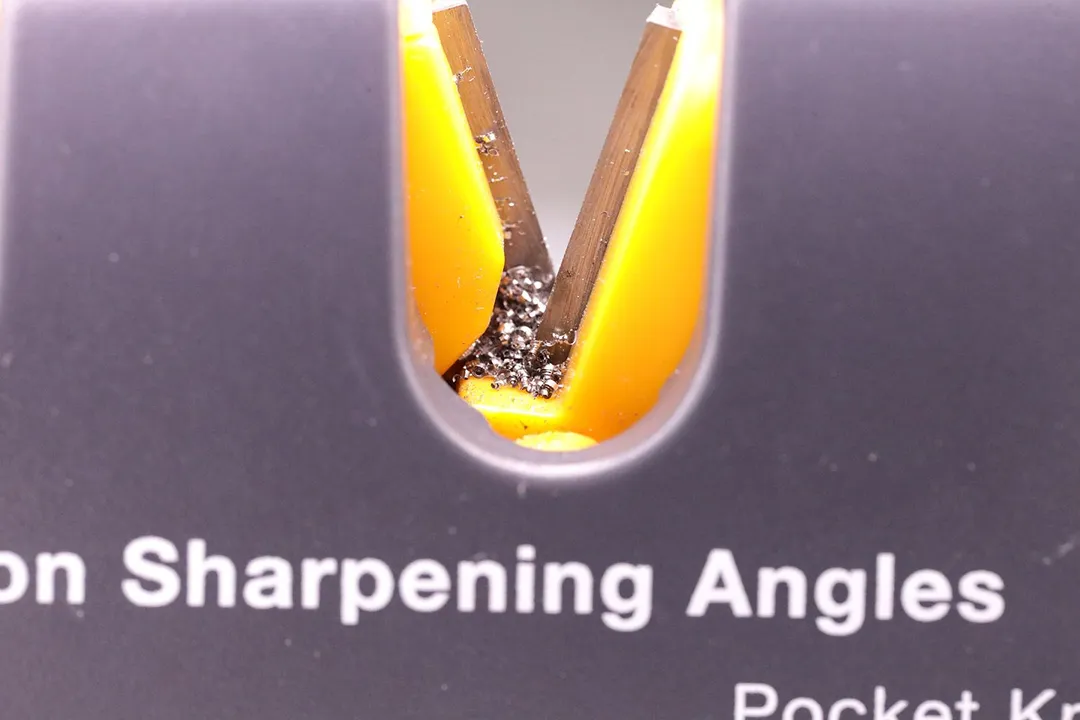

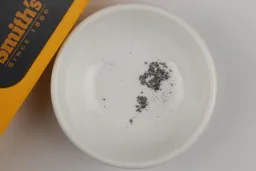
Maximum Sharpness Achieved
Edge Smoothness
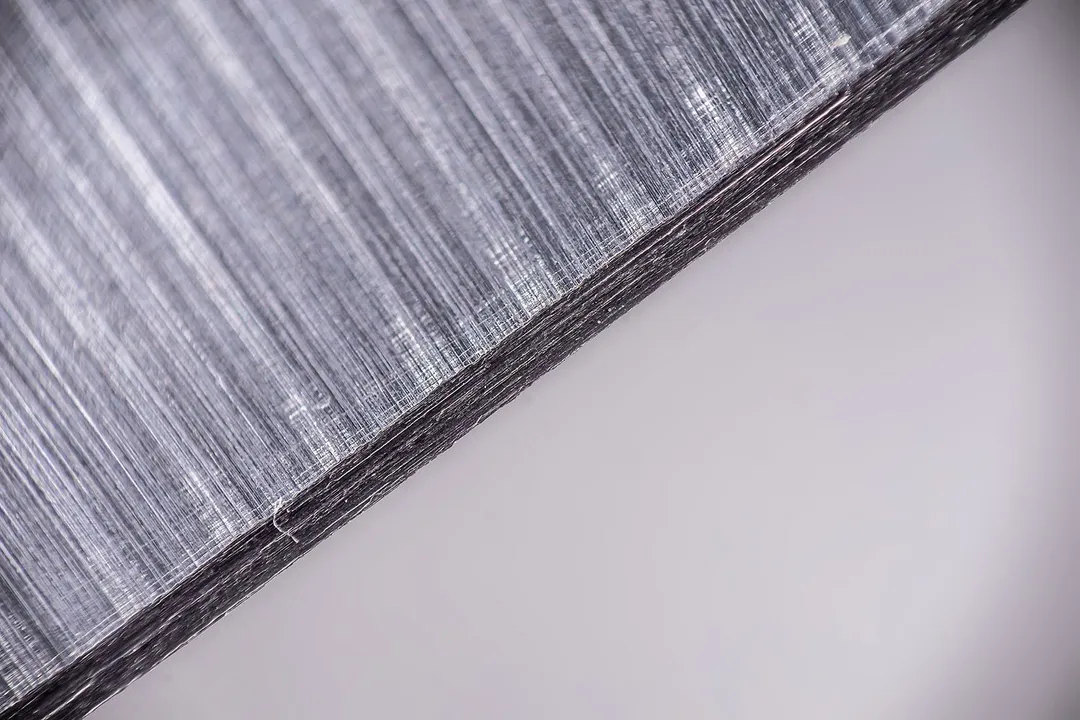

Design
In the Box
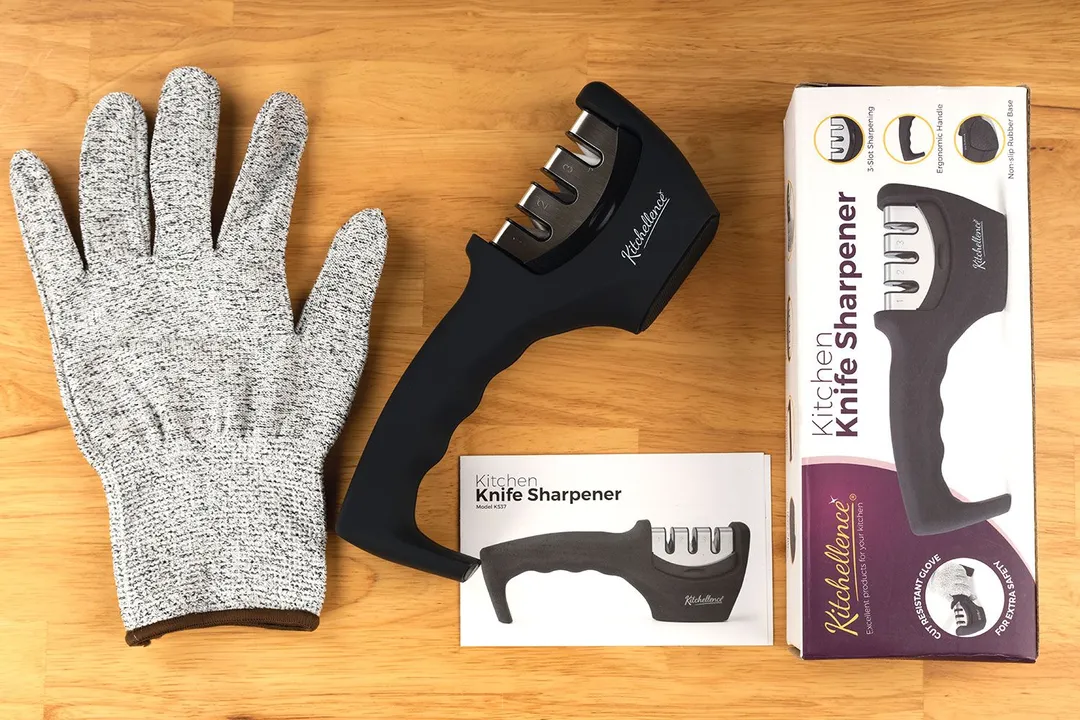
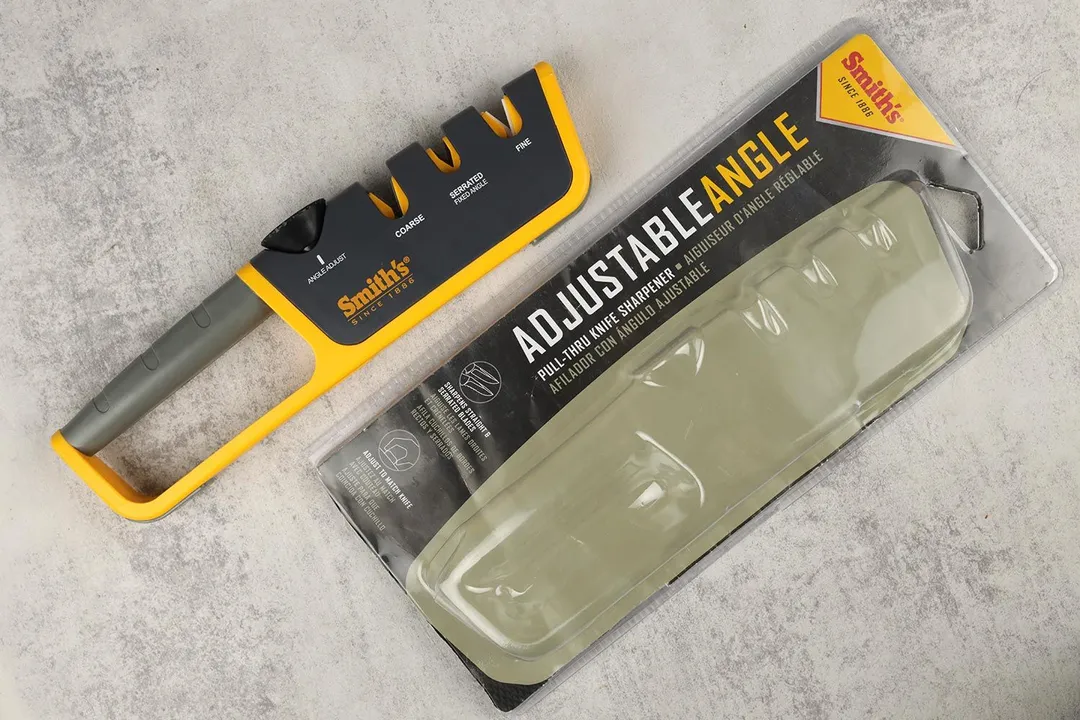
Dimensions
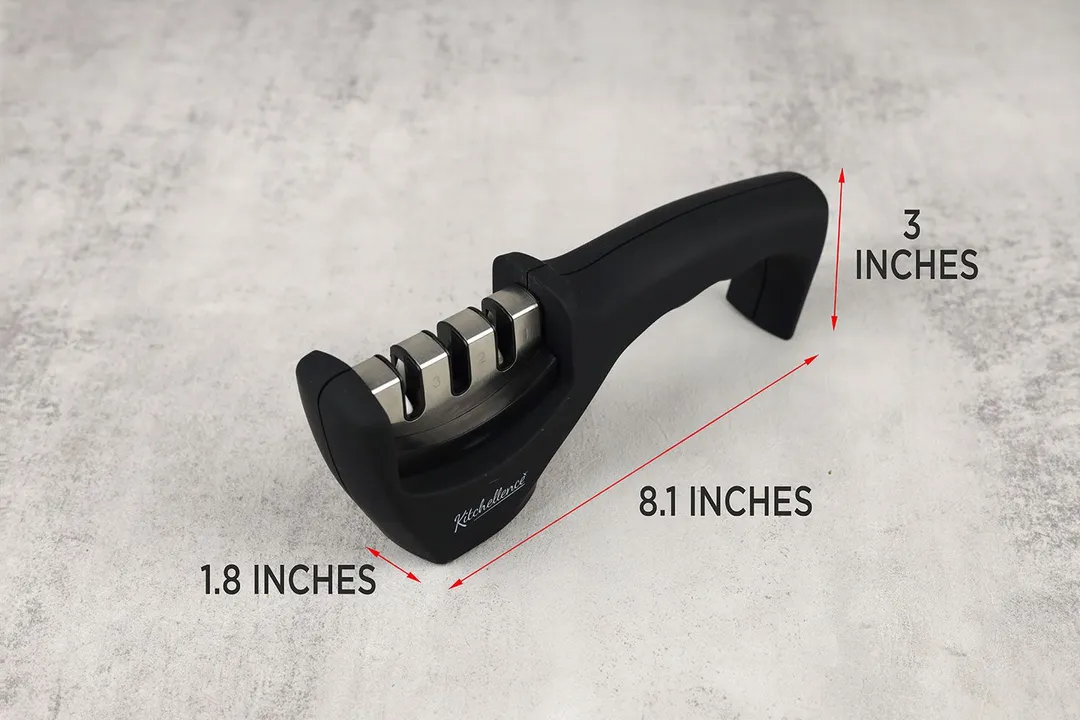
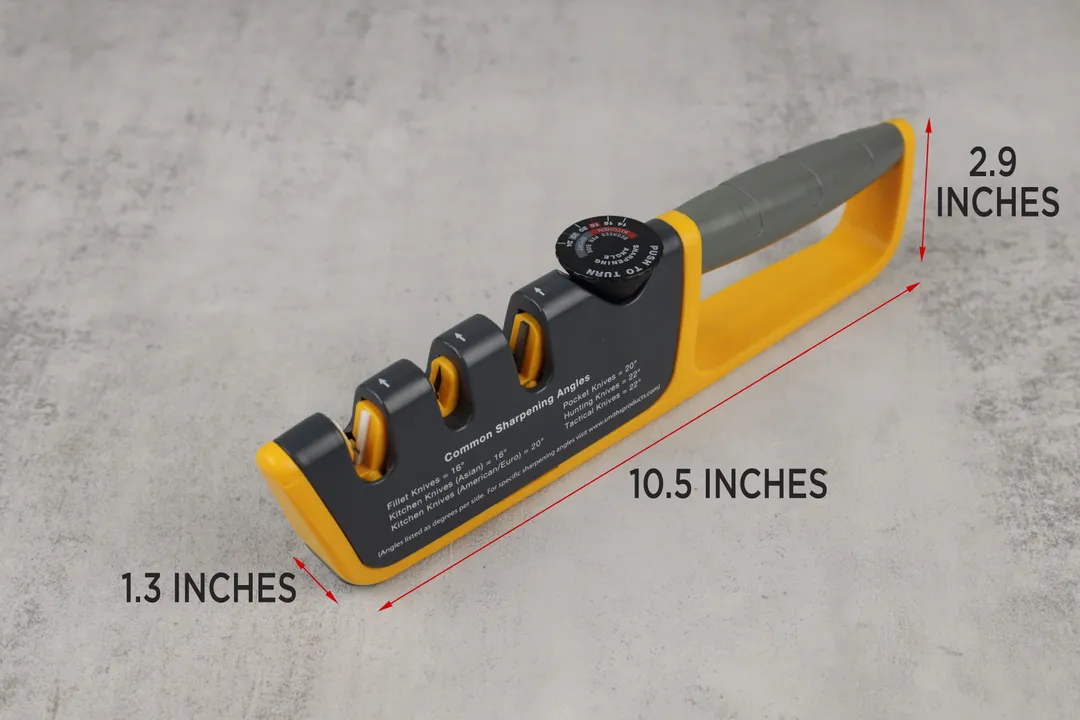
Build Quality
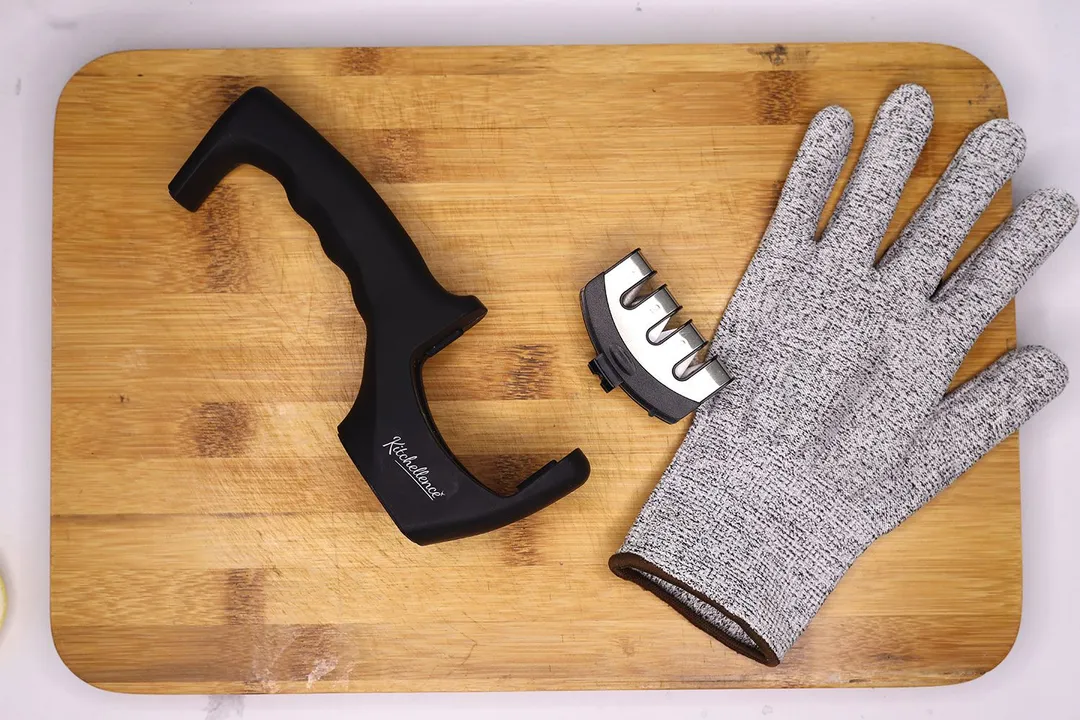
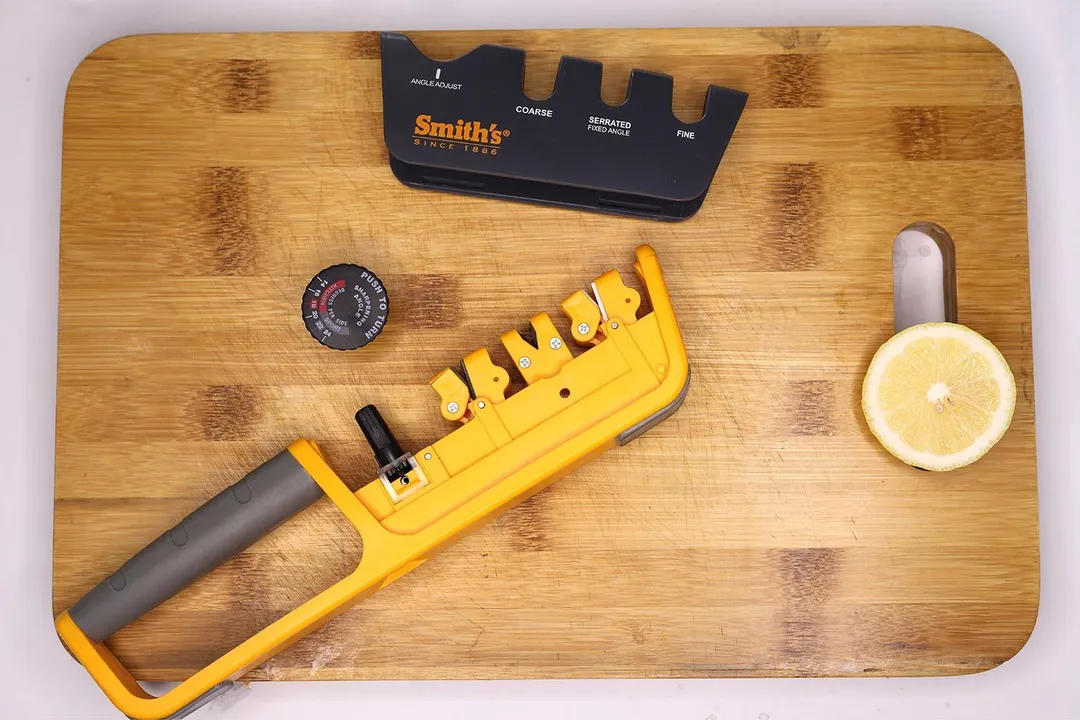
Working Section
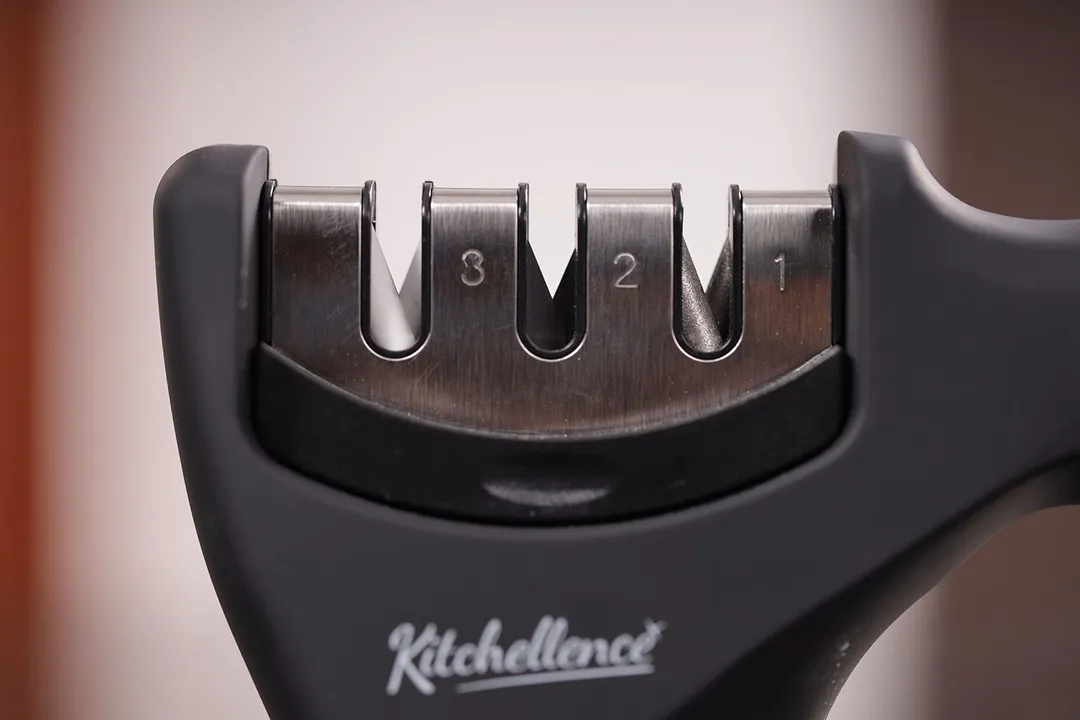
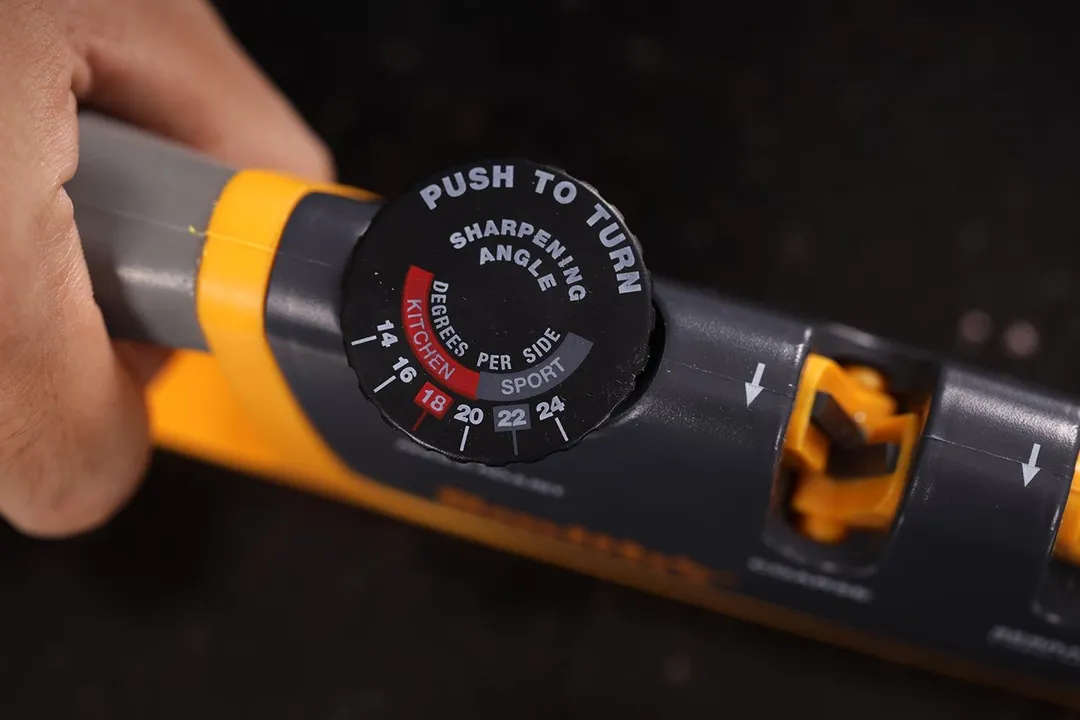
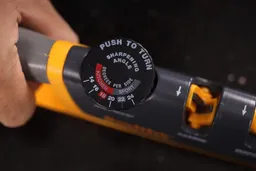

Base
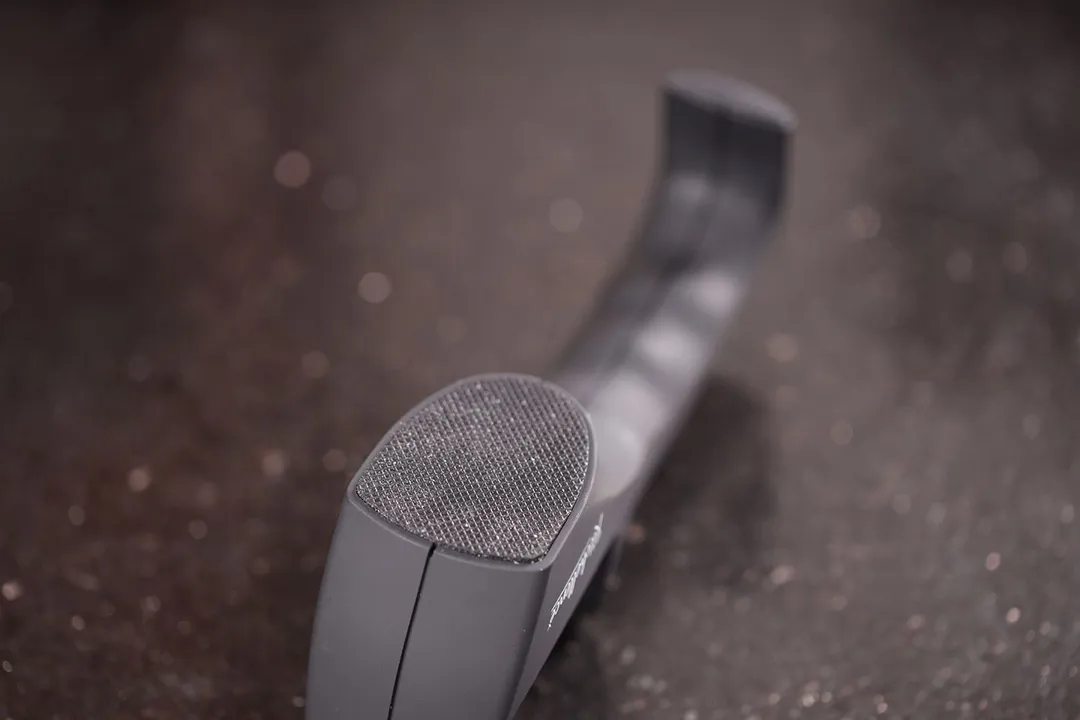
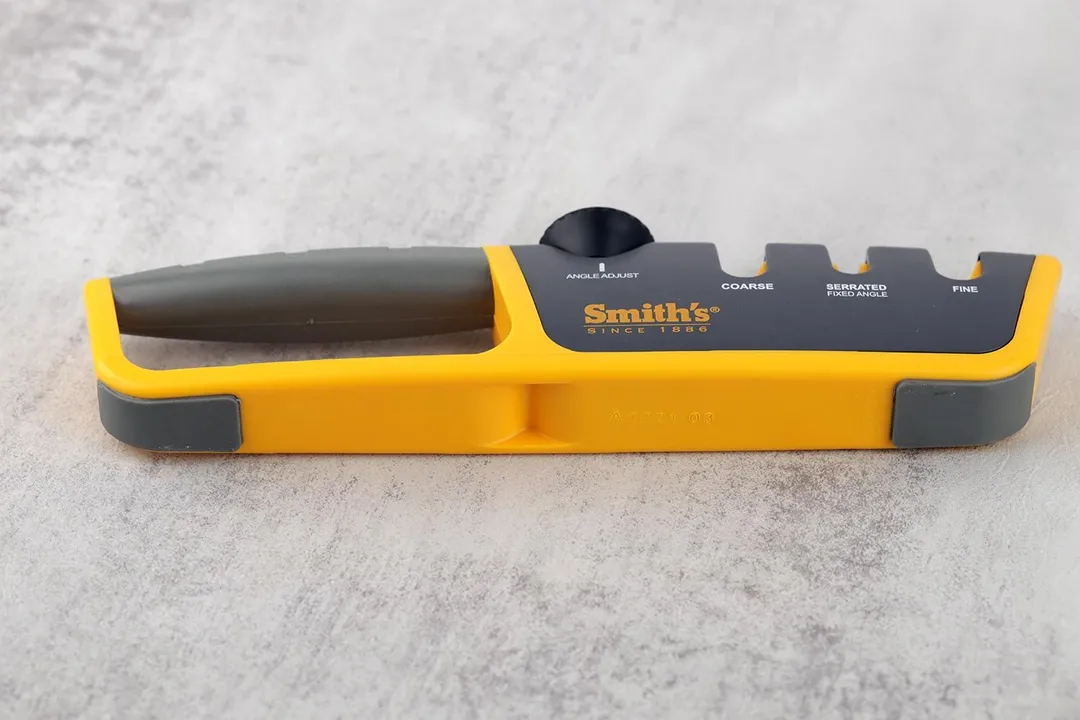
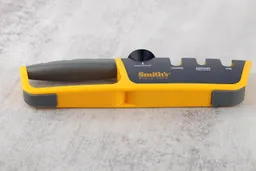
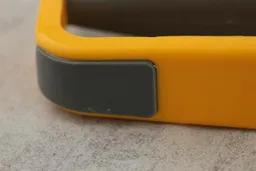
Grip

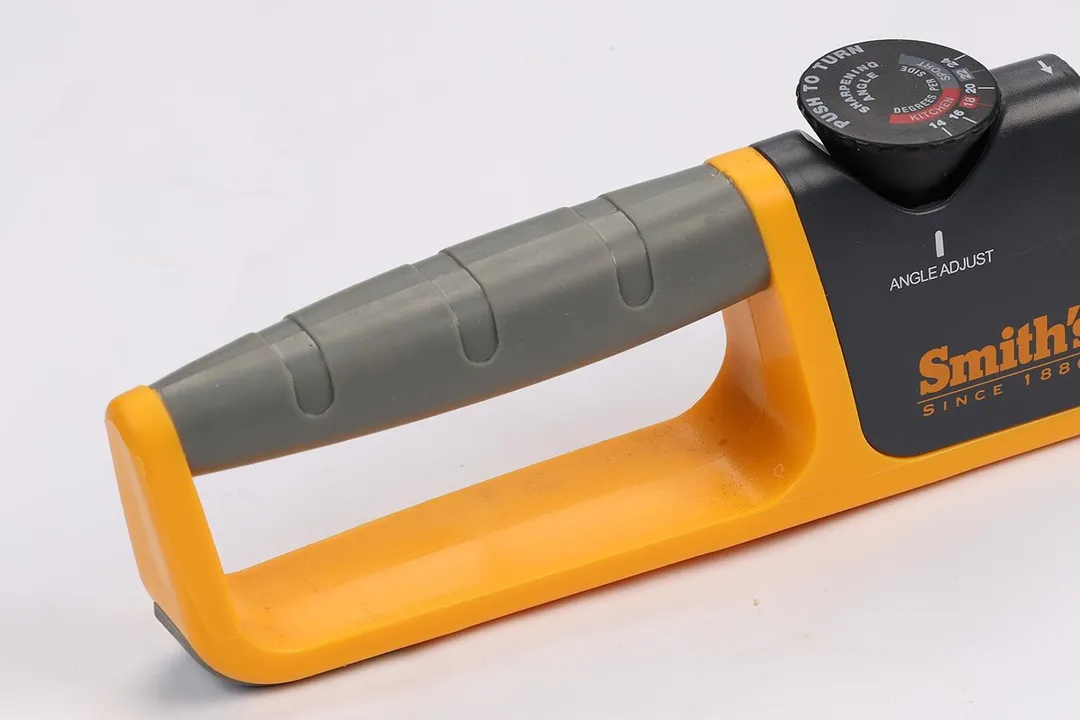
Usability
Slot Arrangement

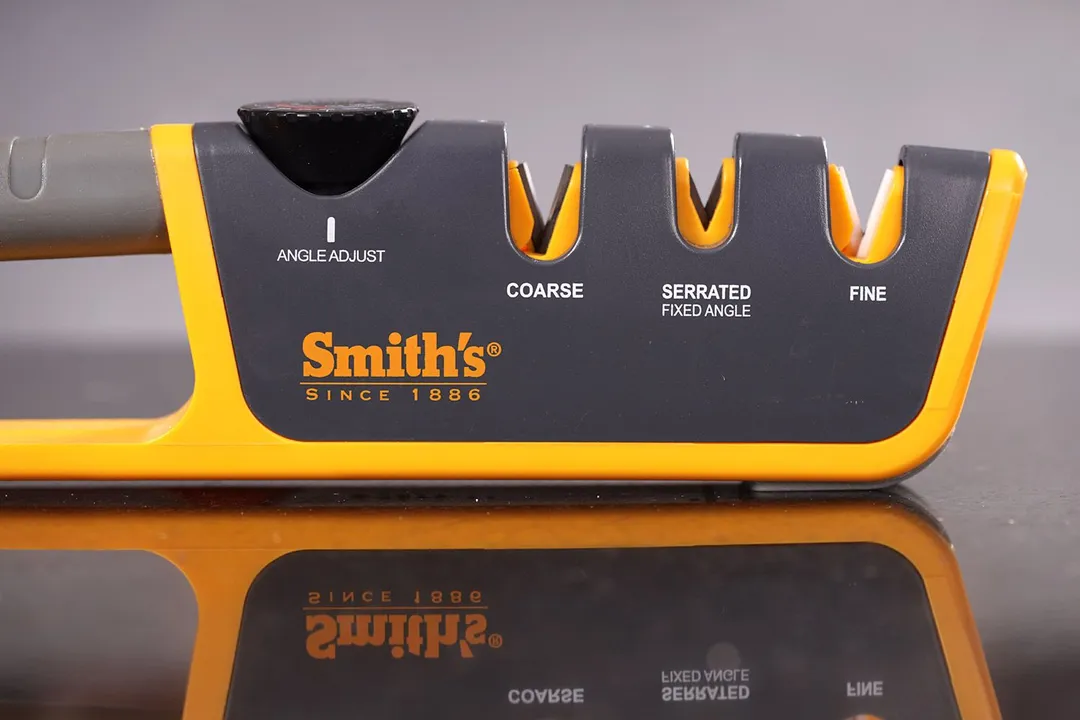
Insertion
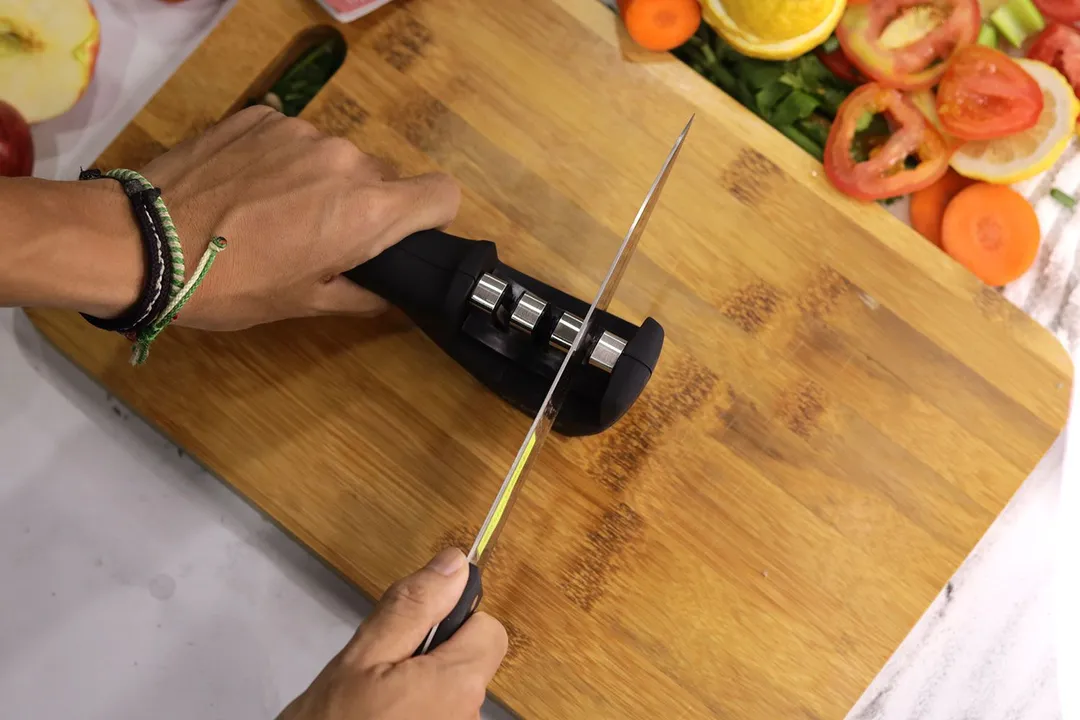
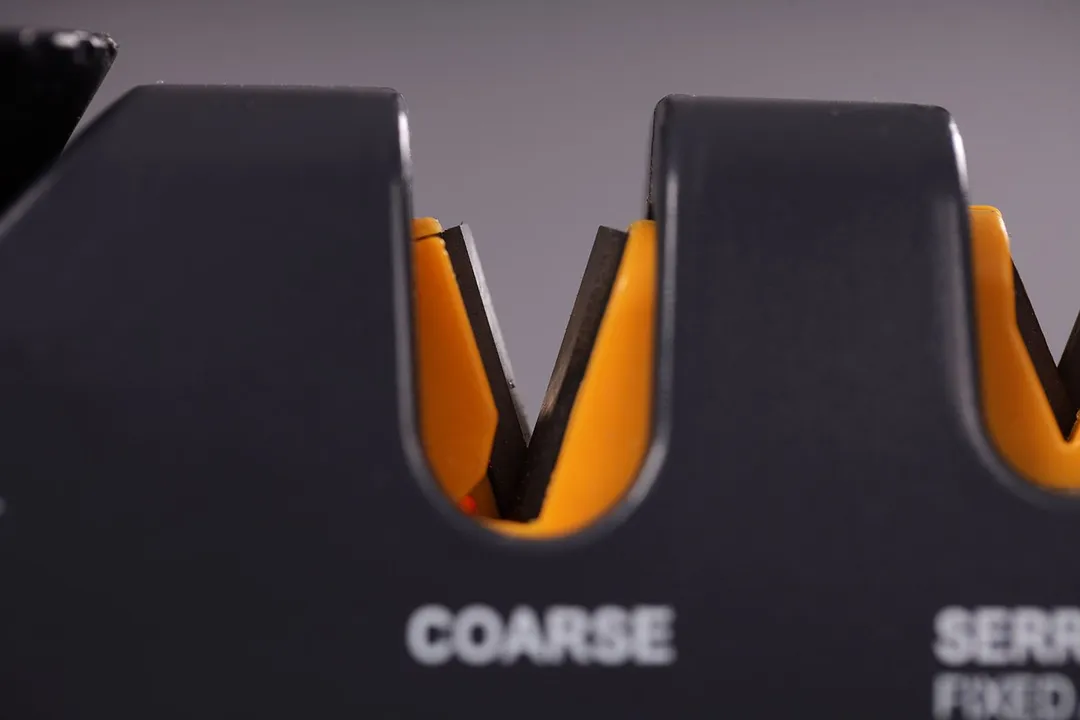
Pulling Through

Stability on a Clean Surface

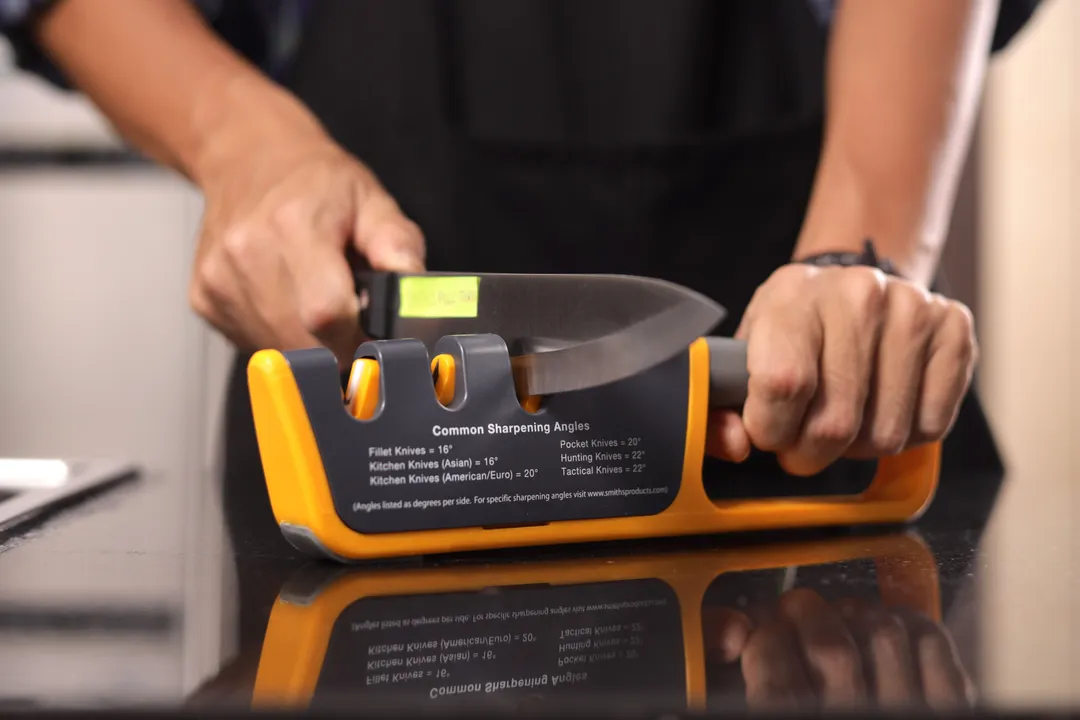
Stability on a Wet and Dirty Surface

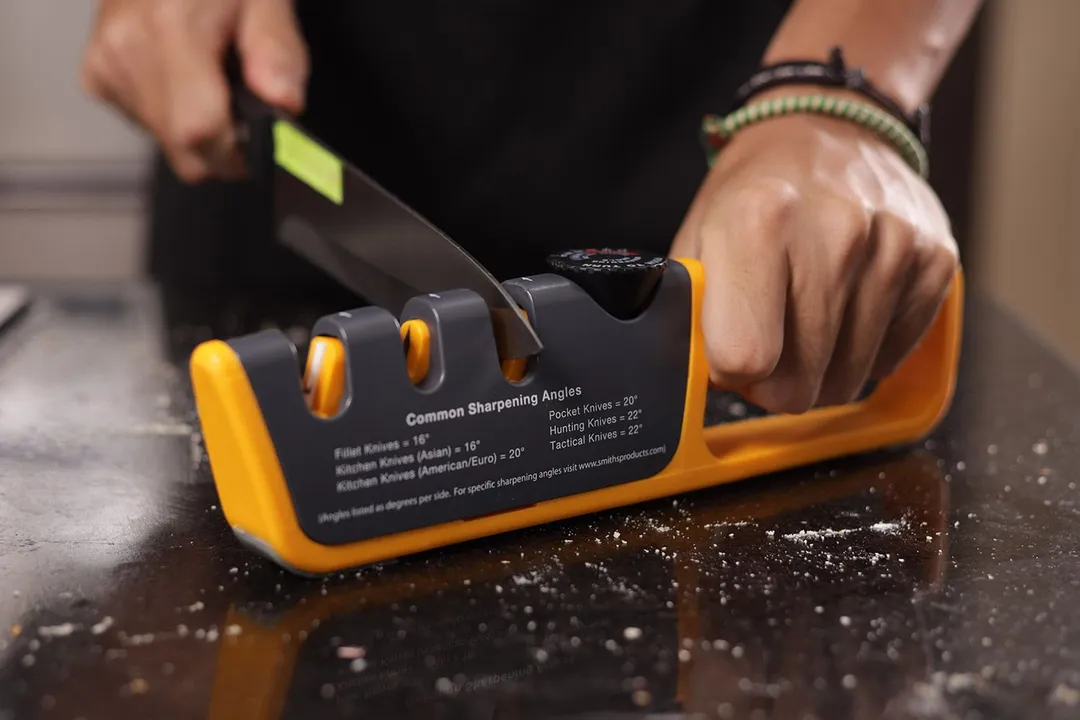
Behind the Comparison
Anh Ngo is a writer with 9 years experience at different media outlets, covering from public news and events to product testing and analysis. At HealthyKitchen101, she works across different departments, communicating closely with its network of writers, editors, and health, tech, and search engine experts to provide a meaningful and pleasant reading experience for visitors.
Lap is Head of the Research, Testing, and Review Team (RTR Team) at HealthyKitchen101.com, where he directs and supervises the testing of kitchen gadgets and appliances.
Nguyen Ntk is a graphic designer, photographer, and videographer whose philosophy centers around respecting and celebrating the beauty of reality. Through his lenses, Nguyen strives to capture the true essence of objects and events, showcasing and highlighting authentic features without distortion or exaggeration.



